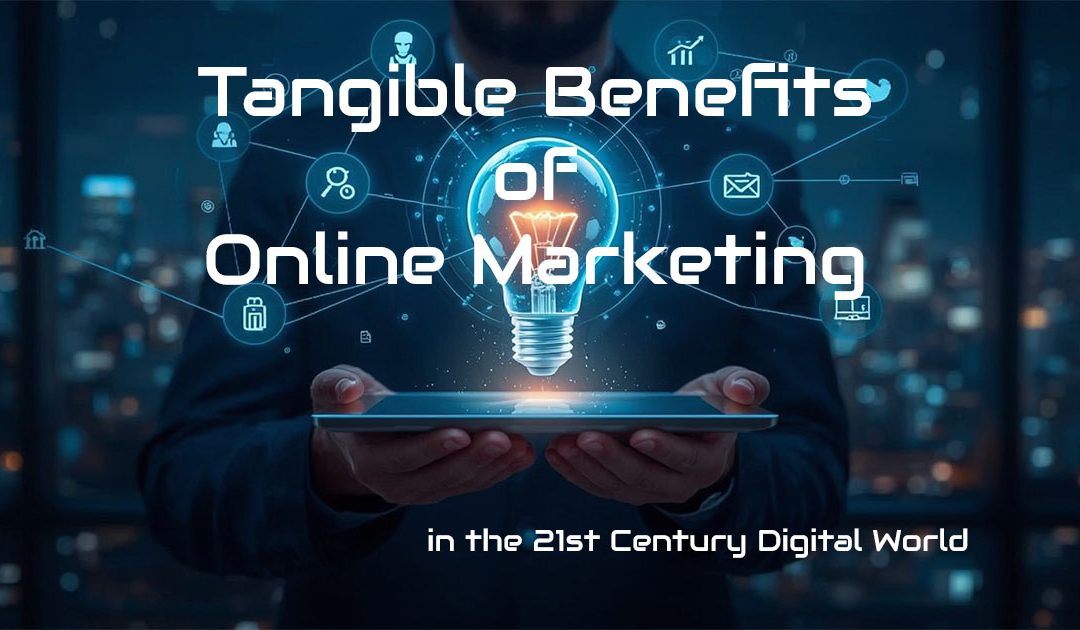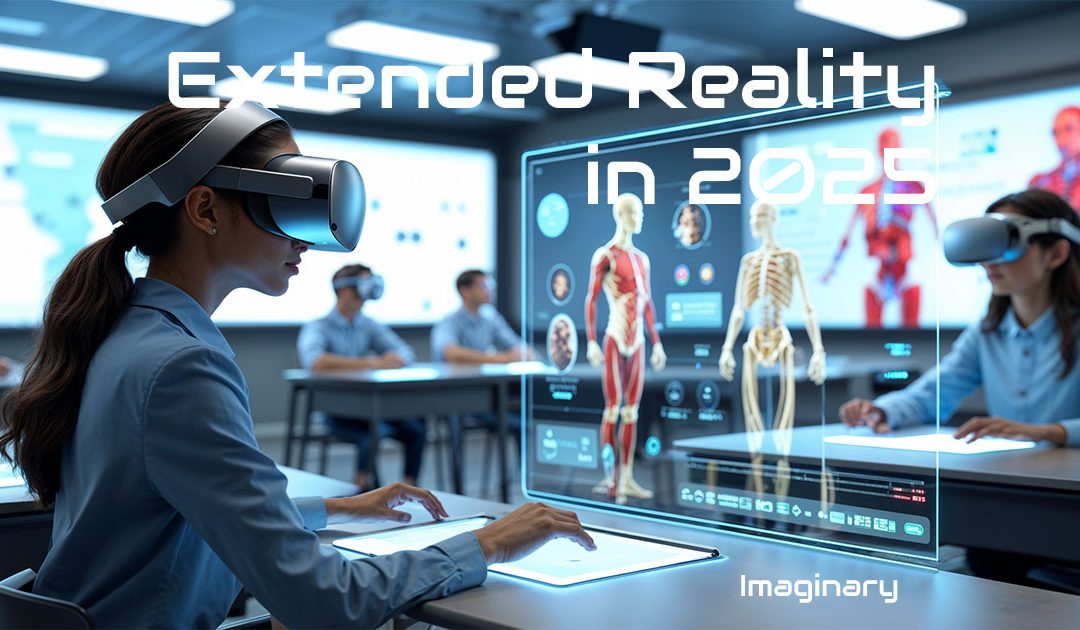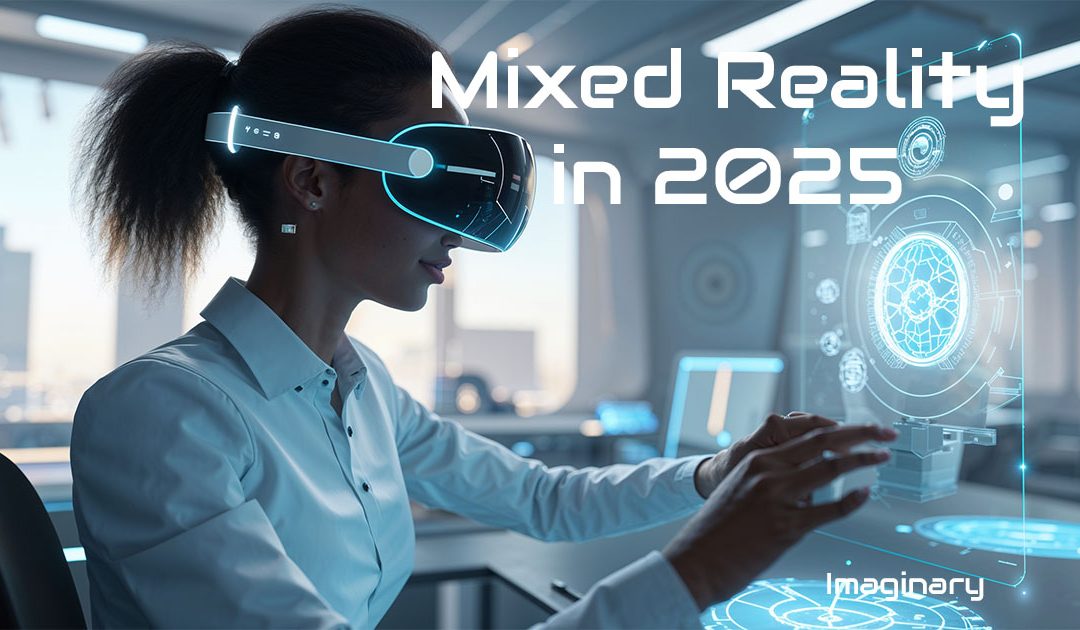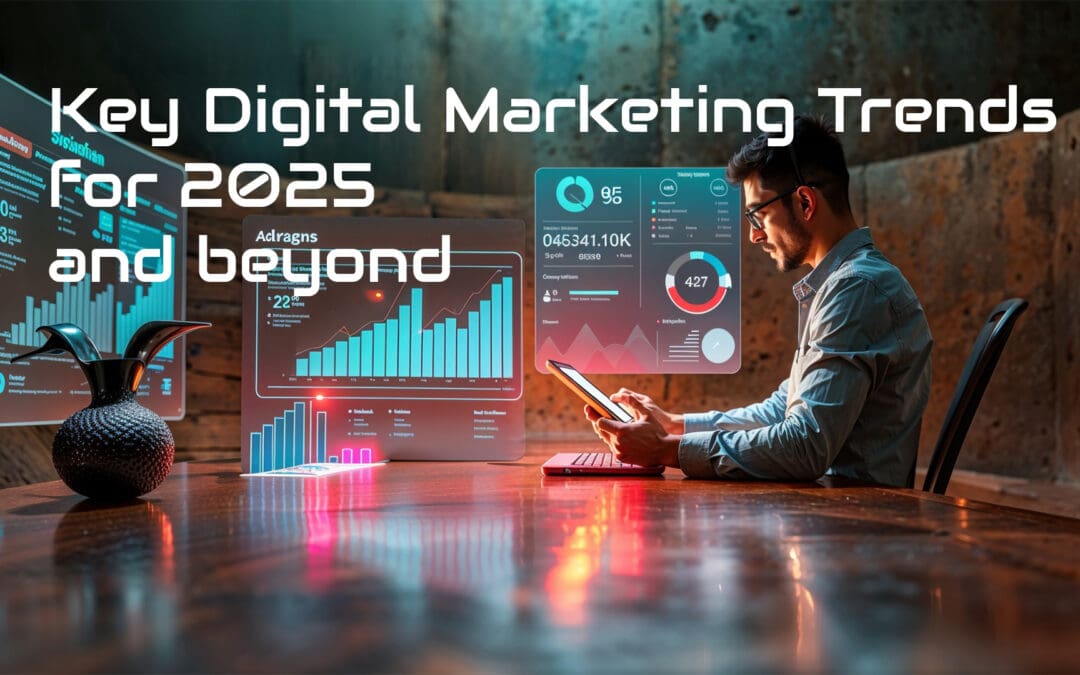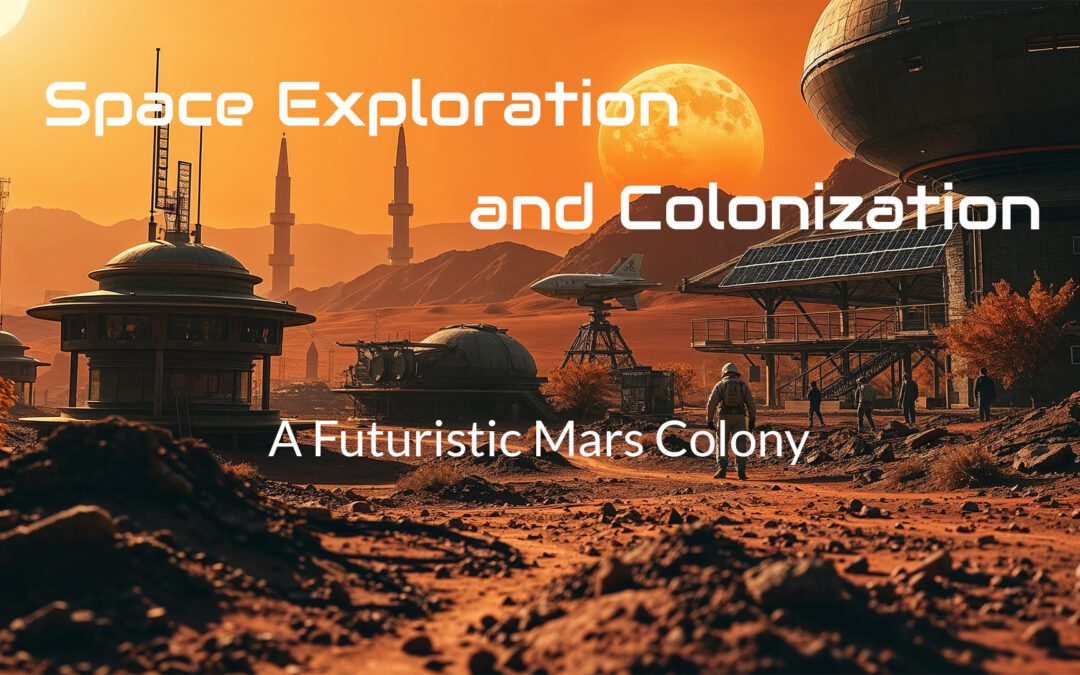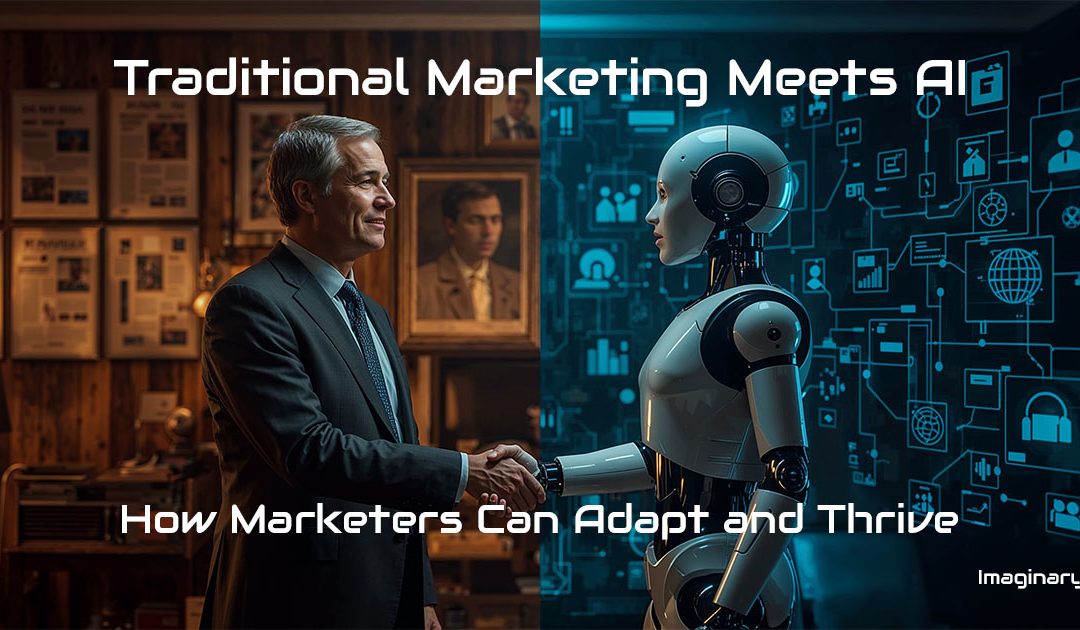
Traditional Marketing Meets AI – How Marketers Can Adapt and Thrive
Introduction – When Traditional Marketing Meets AI…
…the Old World Meets the New.
Our main question is how Marketers can adapt and thrive.
Traditional marketing has long relied on tried-and-true methods: print ads, billboards, radio, TV, direct mail, and face-to-face promotions.
However, in the digital-first world of 2025, these methods are facing increasing limitations.
Today, AI-powered tools are transforming every aspect of marketing — from customer segmentation to real-time personalization and predictive analytics.
For marketers steeped in the traditional mindset, this evolution may feel intimidating. But it doesn’t have to be.
This article examines how traditional marketers can leverage AI, transform challenges into strengths, and not only remain relevant but also be impactful.
Why Traditional Marketers Must Evolve
- Changing Consumer Behavior: Audiences now expect fast responses, personalized content, and seamless digital experiences.
- Efficiency Demands: Manual processes can’t compete with AI-driven automation in terms of cost, speed, and scale.
- Competitive Pressure: Brands leveraging AI are gaining insights and market share at unprecedented rates.
Key Areas Where AI Is Reshaping Marketing
1. Audience Insights and Segmentation
AI can analyze massive datasets to identify behavioral patterns and audience segments with laser precision. Traditional methods based on assumptions are no longer sufficient.
2. Content Creation and Personalization
Tools like ChatGPT, Jasper, and Writesonic assist in creating tailored blog posts, emails, and ad copy at scale — faster and more personalized than human teams alone.
3. Customer Journey Optimization
AI maps the entire customer lifecycle and predicts next steps, helping marketers create seamless omnichannel experiences.
4. Ad Targeting and Budget Efficiency
Platforms like Meta Ads and Google Ads use machine learning to optimize spend, allocate budgets, and test variations in real time.
5. Predictive Analytics and Forecasting
AI models can forecast market trends, customer churn, and campaign performance more accurately than traditional analysis.
Bridging the Gap: How Traditional Marketers Can Thrive
✅ Leverage Existing Strengths
Traditional marketers excel in storytelling, branding, and strategic planning — foundational skills that remain essential even in AI-driven workflows.
✅ Learn the Tools
Start with accessible platforms: ChatGPT for content, HubSpot for automation, Canva for design, and Google Analytics for insights. Hands-on experimentation leads to rapid learning.
✅ Combine Offline and Online
Hybrid campaigns — such as print ads with QR codes leading to digital experiences — provide the best of both worlds.
✅ Build a Cross-Generational Team
Younger digital natives bring technical fluency, while traditional experts provide depth and intuition. AI benefits from both perspectives.
Real-World Success Examples
- Coca-Cola uses AI to analyze consumer reactions to ads and optimize campaigns across digital and physical channels.
- The New York Times utilizes AI to personalize content recommendations while maintaining its distinctive editorial voice.
- L’Oréal blends influencer marketing with AI-powered customer analytics for highly targeted beauty campaigns.
❓ FAQ – When Traditional Marketing Meets AI…
Is traditional marketing still relevant in the age of AI?
Yes. While digital and AI tools dominate today’s landscape, traditional methods like branding and offline campaigns remain foundational.
How can a traditional marketer start using AI?
Start with accessible tools like ChatGPT, Canva, and Google Analytics. Learn through small-scale experimentation and gradual integration.
What AI tools are useful for traditional marketers?
Content generators (ChatGPT, Jasper), design tools (Canva), automation platforms (HubSpot), and analytics dashboards (GA4) are excellent starters.
Does AI replace human creativity in marketing?
No. AI supports creativity by automating routine tasks and generating ideas, but the final touch and strategic vision still require human input.
Can traditional campaigns be enhanced with AI?
Absolutely. You can integrate QR codes, AI-optimized targeting, and customer segmentation into print, radio, and event campaigns.
Are there real examples of AI used in traditional brands?
Yes. Brands like Coca-Cola, L’Oréal, and The New York Times blend AI-driven personalization with their classic campaigns and content.
What skills should a traditional marketer learn first?
Understanding digital data, learning prompt engineering basics, using CRM tools, and experimenting with AI-powered design and writing tools.
Is it expensive to implement AI in small marketing teams?
No. Many AI tools offer free or affordable plans. The investment is more about time and willingness to experiment than high costs.
How long does it take to see results from using AI?
Initial gains can appear within weeks—improved engagement, efficiency, or reach—depending on the tool and how it’s integrated.
Will traditional marketers lose their jobs to AI?
No — those who adapt will thrive. AI enhances skills rather than replacing them. The combination of experience and new tools is powerful.
Conclusion: From Legacy to Leadership
Traditional marketers are not obsolete.
They’re evolving. With the right tools and mindset, they can not only survive but also lead in an AI-enhanced era.
The future of marketing isn’t digital versus traditional. It’s a convergence of both, powered by AI, guided by human insight.
Related Posts – When Traditional Marketing Meets AI
- Traditional vs Digital Marketing – Explore the Key Differences ⬈
Understand the core distinctions between time-tested offline strategies and today’s tech-driven marketing tools. - ChatGPT vs Writesonic: Which AI Tool Is Best for Marketers? ⬈
A hands-on comparison for content marketers: explore strengths, weaknesses, and real-world use cases of both tools. - Leonardo AI Integrates Veo 3 – The AI Video Revolution Just Got Real ⬈
Learn how marketers can use next-gen AI video platforms like Leonardo and Sora to stand out with dynamic visuals. - Emerging Technologies in the 21st Century ⬈
A panoramic look at the most disruptive innovations shaping industries—including how AI reshapes marketing workflows.
Thanks for reading.
📚 Resources – When Traditional Marketing Meets AI
- HubSpot: 8 ways to use AI in digital marketing ⬈
An excellent beginner’s guide to how AI is transforming marketing strategies. - Think with Google – AI-Powered Marketing Insights ⬈
Insights into how brands use machine learning and AI to improve their campaigns. - IBM – What is Predictive Analytics? ⬈
A deep dive into predictive modeling, a key AI component in customer journey optimization. - Salesforce – AI in Marketing Automation ⬈
A breakdown of how marketers use AI-driven automation tools for efficiency and personalization.
ℹ️ Note: The cover image was created using Leonardo AI ⬈.

